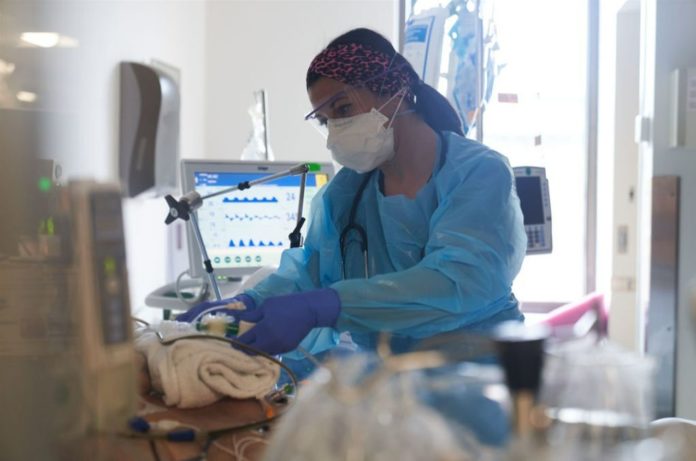In a new study, researchers studied the blood of 139 patients who had received intensive care and, despite individual differences in disease progression, revealed immunologically significant pathways that characterized the recovery process.
The researchers have to work hard to find connections among the data from various cases. This is due to the fact that in COVID-19, as in many other diseases, the recovery process can vary significantly from person to person, as indicated by the manner in which symptoms develop over time and the duration of hospitalization.
As a result, identifying generalizable cellular and molecular pathways underlying the disease is difficult. Such insights, on the other hand, are important for comprehending the nature of the disease and the body’s response — and therefore for determining the best therapy
“Therefore, to analyze the data,” Dr. Amit Frishberg, a bioinformatician and genome researcher, is the first author of the current paper, said “we used a novel method” to find out “common patterns in the variety of findings from different patients that may not be obvious.”
Analyses of Blood
COVID-19 has the potential to harm a number of organs. The immunological response, on the other hand, is recognized to have a substantial impact on the disease. “This response is reflected in the blood because that is where the white blood cells circulate,” Frishberg explains. “These cells are essential components of the immune system. Therefore, our study focused on the blood of patients.”
The researchers analyzed blood samples from 139 persons, ranging in age from 21 to 86 years, with the majority being male. The data was collected from three distinct cohorts. All patients underwent intensive care unit (ICU) treatment, including ventilation: 105 people recovered enough to be discharged from the ICU, while 34 people died. Multiple blood samples were taken from the majority of the people investigated here, usually three weeks after admission to the ICU. Some patients could also provide self-reported health status three months after ICU hospitalization (and subsequent discharge).
A common factor
According to the findings, the recovery process is linked to a progressive decrease in the number of neutrophils. They are the most prevalent white blood cells, and they are one of the first lines of defense against pathogens in the immune system’s arsenal.
They “found that patients with severe COVID-19 have a high number of mature, that is, fully developed neutrophils in their blood, whose counts decrease during the recovery process. The readings of other white blood cells also change as they return to normal levels, with some of them falling while others rise. However, these changes are less pronounced than in neutrophils,” adds Frishberg.
“Also, we see that in ICU patients, an increase in mature neutrophils over a prolonged period of time is very likely to result in a fatal outcome,” according to the study author.
“This is possibly because the steady increase is associated with an overshooting and therefore harmful immune response. The number of these cells in the blood could therefore serve as a biomarker and be more significant for predictions of disease development than other biomarkers currently being discussed.”
During recovery, the researchers found more changes that affect how molecules send messages to each other and how the immune system works. “What is remarkable about our findings is that recovery followed the same biological pattern in all patients, despite individual differences in the time course of the disease. There is, so to speak, a common thread. In our data,” adds Frishberg, “we have found no evidence that the recovery process after severe COVID-19 may follow different trajectories.”
The researchers’ solution is based on a computational algorithm that puts all transcriptomes from various patients in a common sequence. This is based on commonalities and the idea that all recovered patients eventually go through the same process. Each transcriptome, according to the theory, is a snapshot of the illness state that transforms into the following snapshot.
“Similar to how many individual frames ultimately make up a movie,” Schultze adds.
Image Credit: Getty
You were reading: This One Thing is Common in All Severe COVID-19 Patients
